Where not to live: These are the most air polluted places in the country
Bakersfield, California

Hanford, California
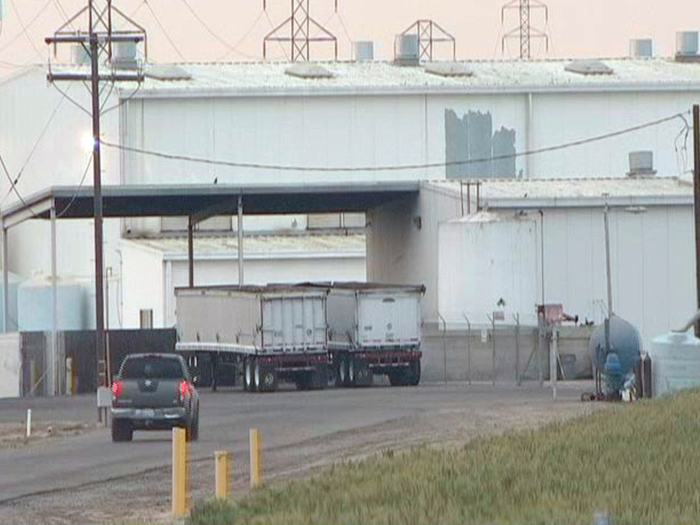
According to the Hanford Sentinel, it's no surprise to residents that air quality in this city is worse than ever. To blame are the combustion engines that burn petroleum-based fuels, which release particulate matter, as well as the ever-warming temperatures trapping pollution in this city surrounded by mountains. Officials there know they are over the EPA's pollution standards, but don't know how to fix the problem without new technology while long-term drought conditions persist in the area.
Fresno, California
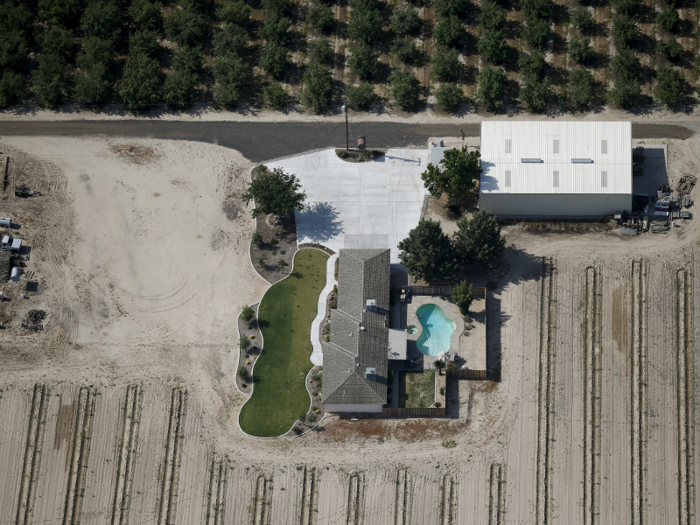
The American Lung Association has been reporting Fresno to be a hotspot of pollution for many years. According to the Los Angeles Times, a 3,000-person-area on the west side of the city is drowning in diesel exhaust, unsafe water, and pesticides. This dirty city is also suffering from poverty, which has only increased since 2000 according to a study done last year by The Century Foundation.
Los Angeles, California
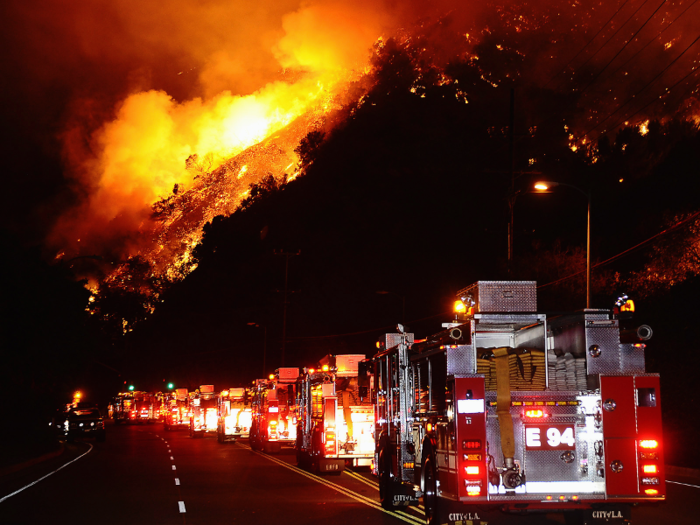
In 2015, the EPA created stricter ozone standards, reducing the limit from 75 parts per billion to 70 parts per billion. The Los Angeles Times reported that the South Coast air basin, including Los Angeles, violated the 75-ppb standard for 92 days in 2014. This new standard has forced Los Angeles to make changes to its transportation and construction equipment, which will hopefully lessen the threat of lung damage.
The edges of the Los Angeles area are also prone to wildfire, especially in light of climate change. Climate Central found that any wildfire burning within 50 to 100 miles of a city can cause air quality to be 5 to 15 times worse than normal. Fires can make air quality up 2 to 3 times worse than the worst non-fire day of the year.
El Centro, California
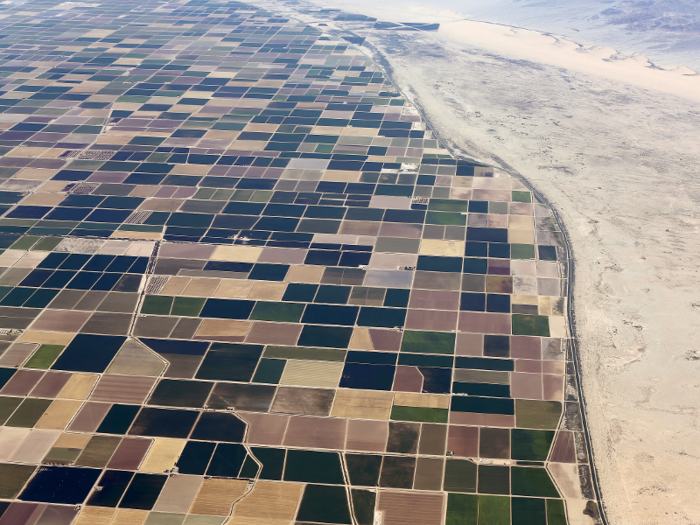
CNN reported that one of the major factors working against El Centro's air quality is the fact that it borders Mexico, which has much lower standards for air pollution.
The Imperial County farm in El Centro is also home to 3 dairies and a cheese plant. This only increases area emissions even further, while also reducing available water levels at a time the state is suffering from huge droughts.
Merced, California
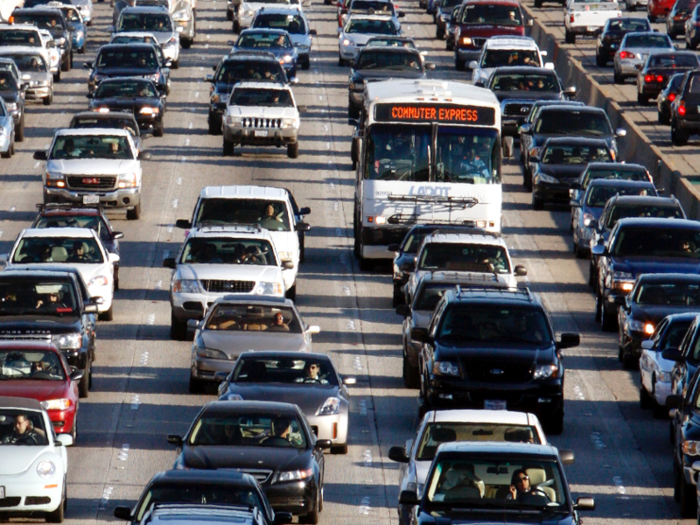
Situated between San Jose and Fresno (two other highly polluted cities), Merced has a lot of pollution problems. CNN showed that transportation on Route 99 and Route 140 is a huge contributor to emission-related pollution in the city. This is the route that takes vacationers to Yosemite National Park. According to the American Lung Association, 80% of the pollutants in the city can be traced to transportation sources. The big manufacturers, like Laird and Kirby, add to the pollution problem as well.
San Jose, California
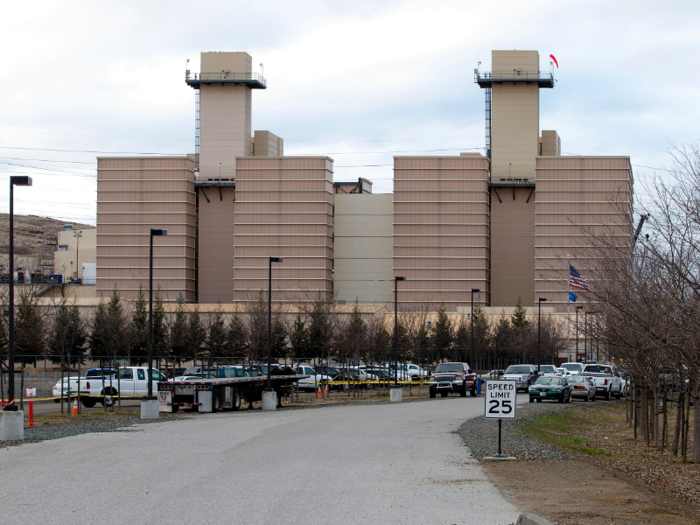
The 2016 State of the Air report from the American Lung Association showed that San Jose had worse numbers for year-round particle pollution than they had in the report prior to 2014, going against a trend of improved air quality since 2000. The Mercury News reported that this is due to drought and high temperatures, which transform pollutants into ozone, as well as wildfires in the area. They also mention the devastating fact that the extreme climate of the city is working against all of the recent improvements in air pollution control programs and cleaner engine standards.
Pittsburgh, Pennsylvania
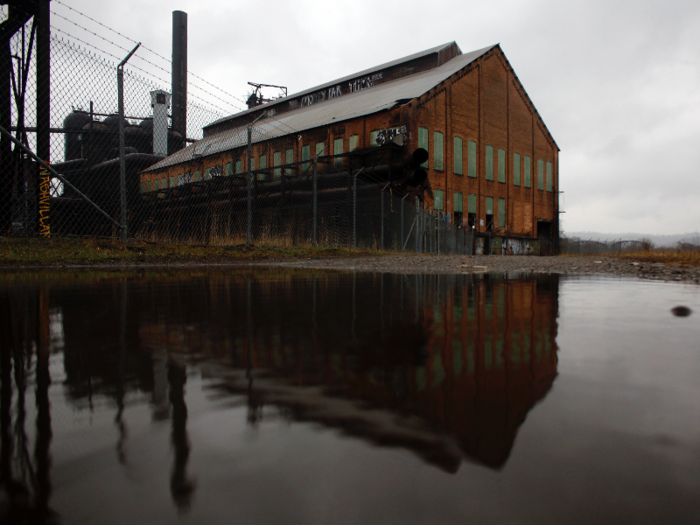
Pittsburgh is a part of America's Midwestern "Rust Belt". This is the country's heartland of big unionized manufacturers, like the auto and steel industries. CNN reported that the city was once so polluted that streetlights had to be turned on at noon.
Power plants in the city can now switch back and forth between burning coal and natural gas, helping to reduce pollution when gas prices are low. The valleys here help to trap warm air and particulate matter, worsening an already bad problem.
Harrisburg, Pennsylvania
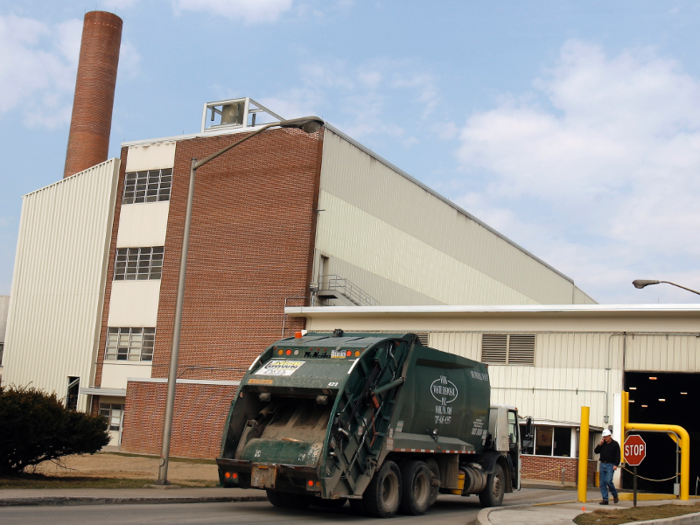
According to Penn Live, air pollution in Harrisburg is a big problem for multiple reasons. First, the 1.2 million people living in the metro area contribute to the pollution problem because of their commutes. Second, there are a lot of industry emissions. And additionally, the unfortunate location of the city worsens the problem. Winds from Baltimore and Washington, D.C. bring in dirty air from power plants in those cities. The number of unhealthy days of ozone in the city was 64 in 2015, according to the American Lung Association.
Louisville, Kentucky
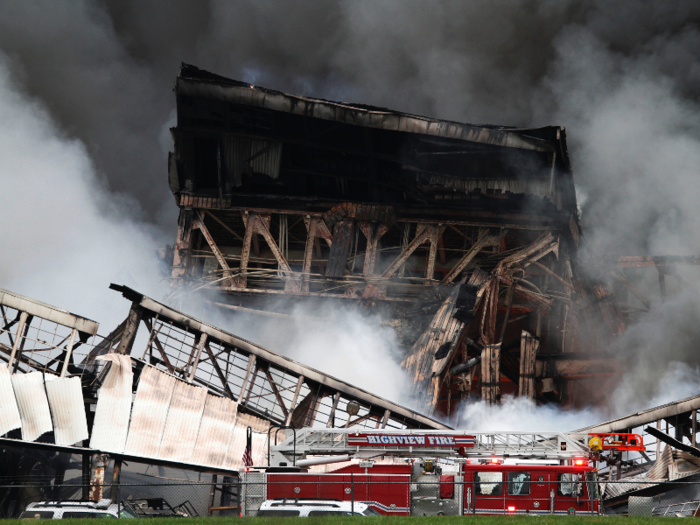
Like many other cities on the list, Louisville's geography doesn't play in its favor. The surrounding hills help trap dirty air for long periods of time, especially in warm weather. General Electric is one of the major plants in the area, contributing to huge emissions. However, there is a glimmer of hope here: GE has promised to comply with waste-reduction and recycling efforts and has reduced its emissions by 12% since 2005.
Popular Right Now
Popular Keywords
Advertisement